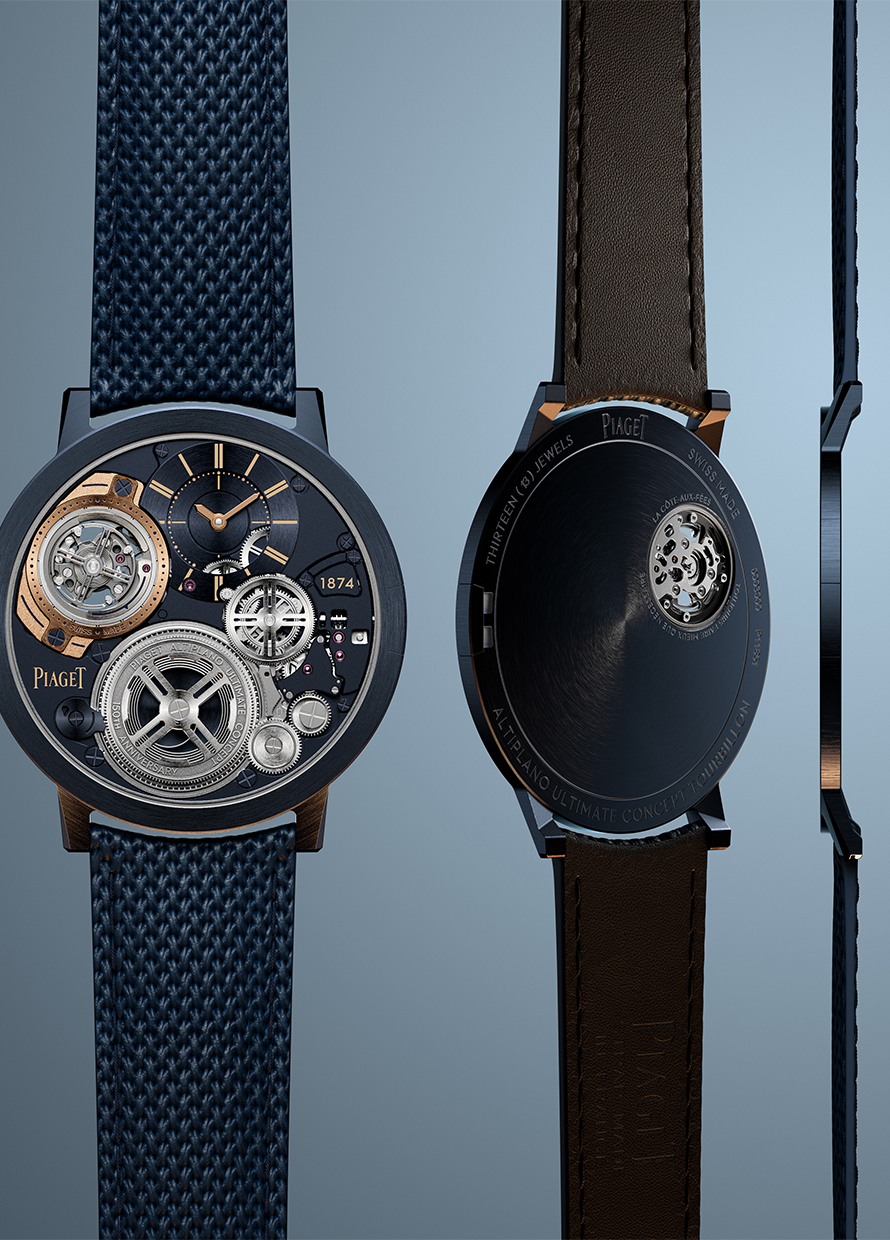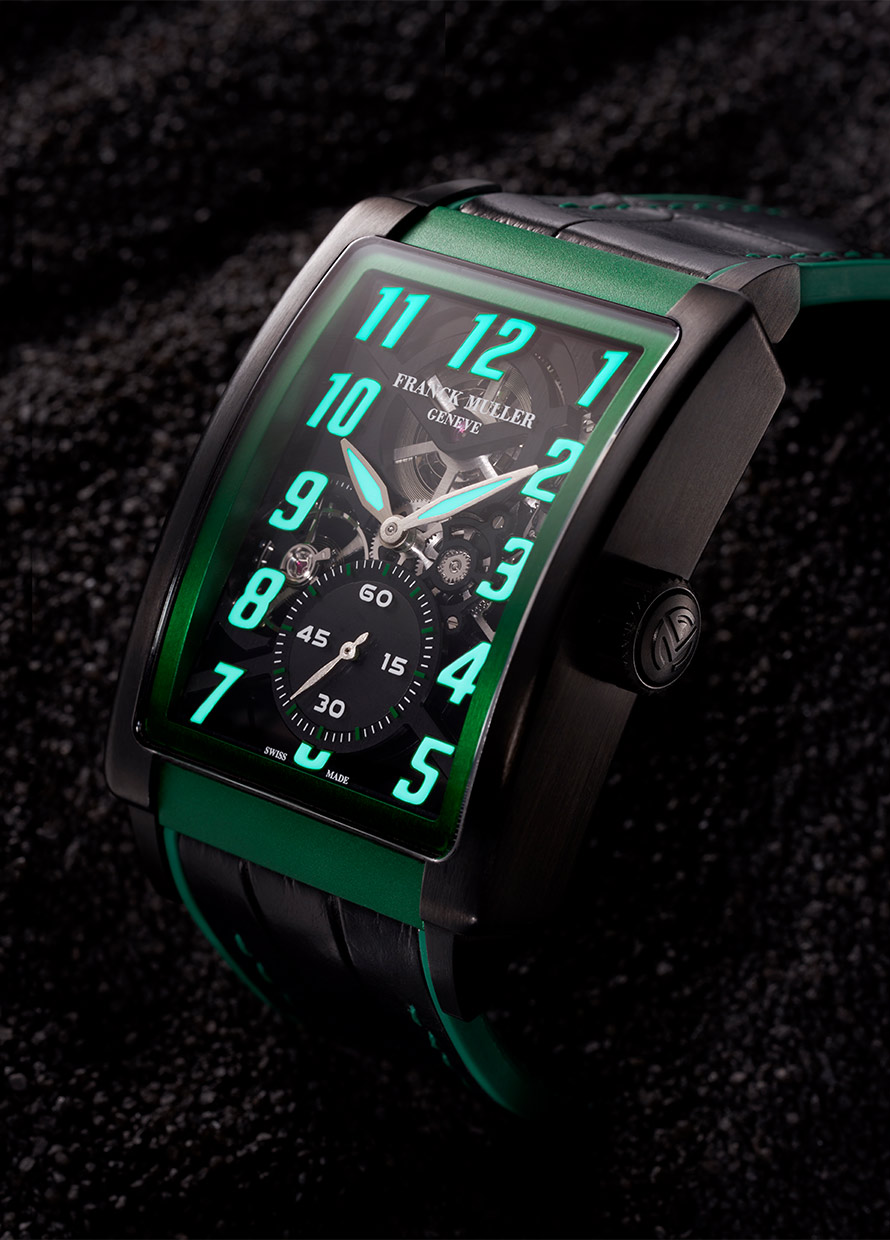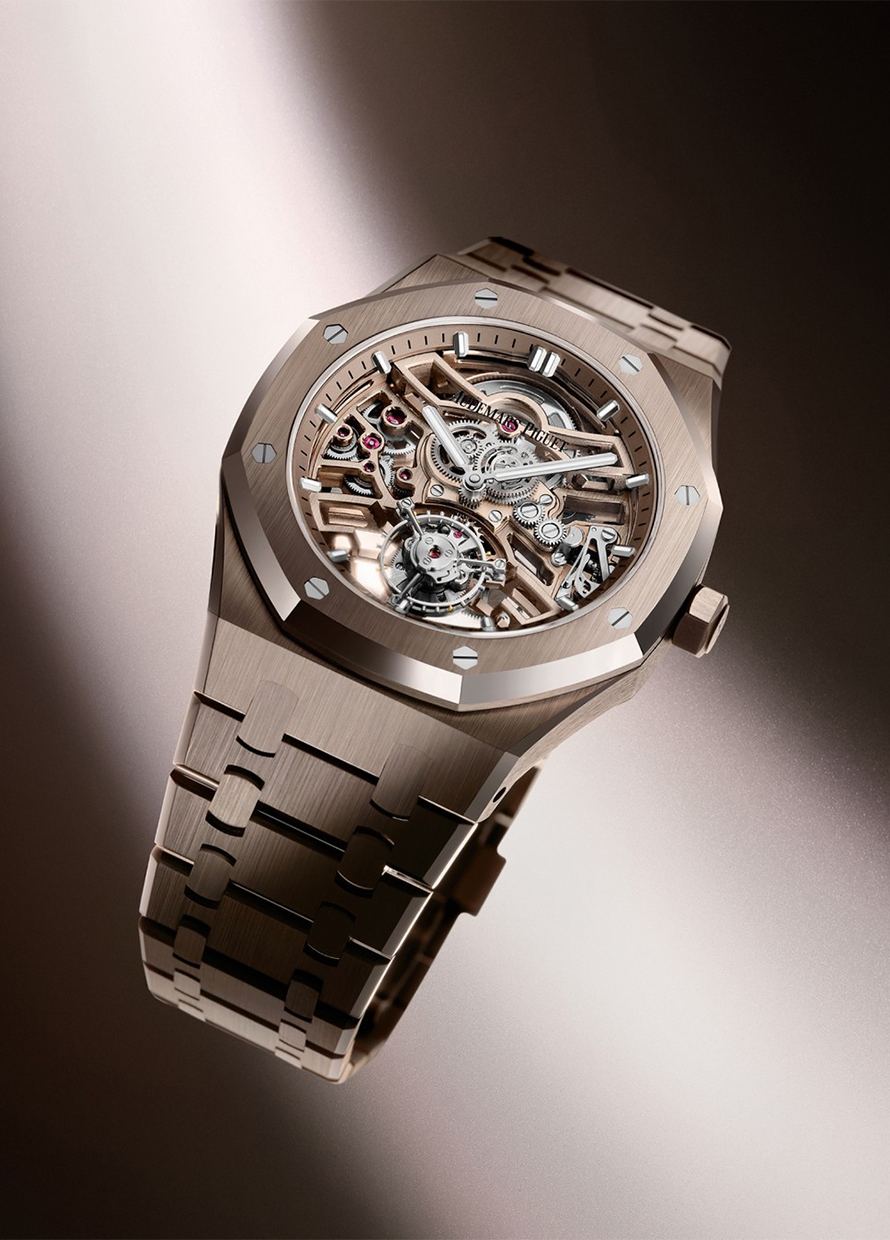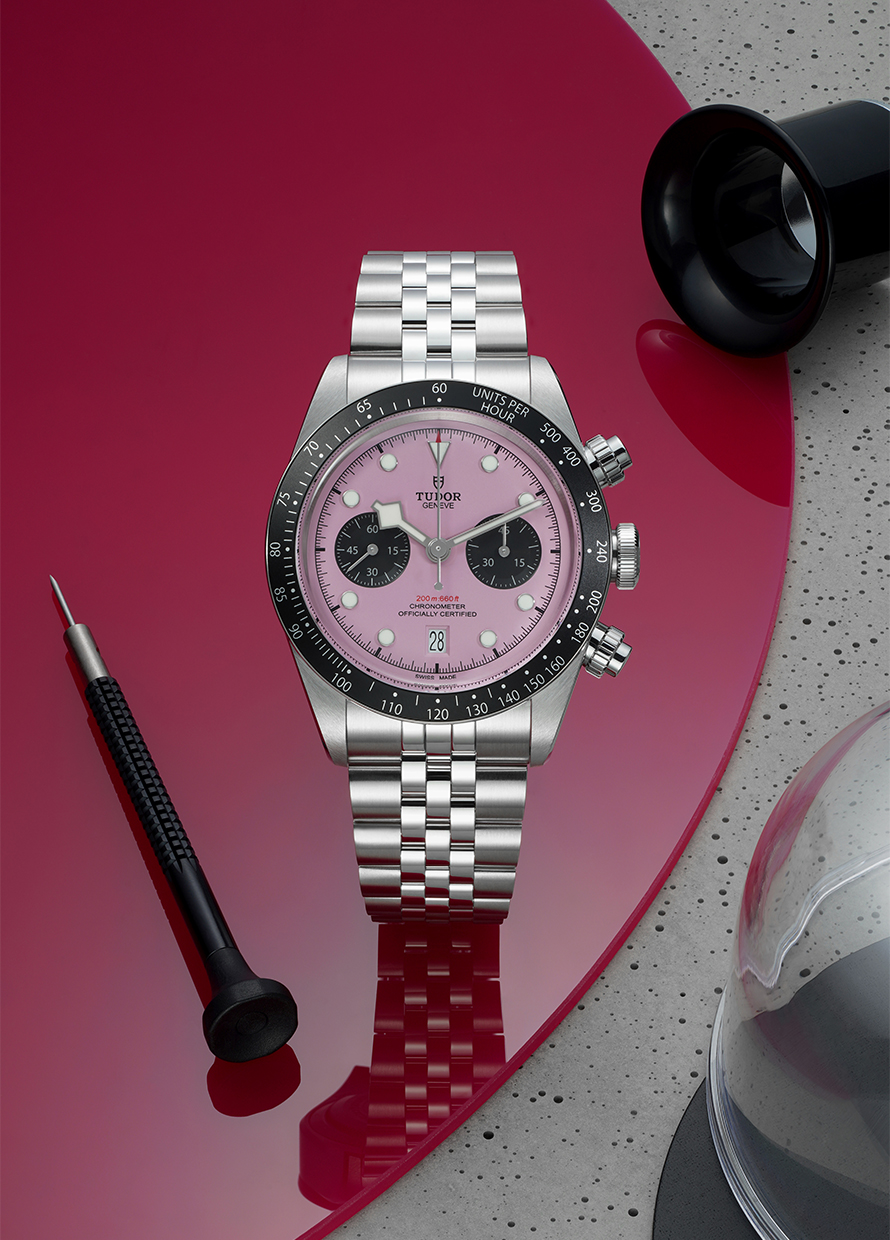Making Time for Cartier’s Carole Forestier-Kasapi
Skeletons in your watch closet?
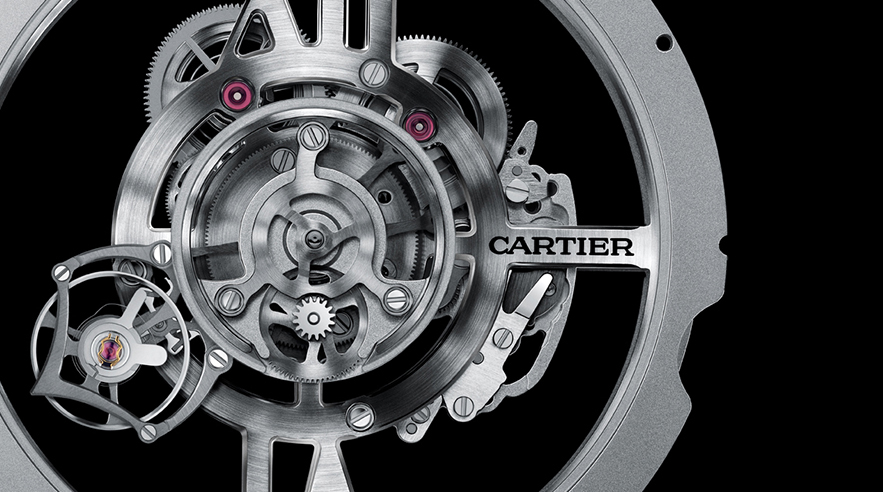
In a field that’s largely male-dominated, Carole Forestier-Kasapi stands out as head of Cartier’s Movement Creation department. To her, building timepieces begins with the initial understanding of technique being at the service of the aesthetic.
For Cartier, who has long enjoyed its cachet of being elegant and timeless brand, this philosophy brings with it some attendant challenges. Case in point: this year’s Rotonde de Cartier Astrotourbillon Skeleton watch. Forestier-Kasapi estimates that the act of skeletonising the movement on this timepiece – by polishing and shaving off non-essential material on the bridges and plates – easily removed half of the total material.
To ensure performance was not compromised, computer simulation provided readings on shock resistance of the new skeletonised timepiece. Then, to further augment the movement’s integrity, German silver replaced regular brass, giving individual components and entire movement a greater solidity and resistance. “It is more difficult to manufacture and polish German silver, but the change in material improves its formation greatly,” Forestier-Kasapi explains.

In that same way, finding solutions to construct the uniquely shaped Crash Skeleton became a precise feat of engineering. Components of this timepiece was machined to minute precision, and then finished via specially developed polishing methods. “Our process of creating a movement really begins by getting everything right from the start,” she says, adding “We need to know the parameters in terms of what we want to achieve; size, complication, creative shapes, performance in terms of frequency and power reserve.” These base elements enable the movement creation department to create mechanical calibres that populate the inside of Cartier’s famed timepieces.

This year’s premiere of the Rotonde de Cartier Grande Complication highlighted the effectiveness of this process. “We wanted to realise a complicated movement dedicated to connoisseurs and collectors,” says Forestier-Kasapi. To keep it in the classical realm, one of the overarching objectives was to produce a slim movement. The result: Cartier’s most complex watch calibre; the 9406 MC comprises 578 components and that took five years to develop. And yet, it only measures at a thickness of 5.49mm. It also possesses a trio of high complications, namely the perpetual calendar, minute repeater and flying tourbillon.

Grand complications – a combination of at least three high complications – are considerably thicker and usually manual wound. However, this latest reference from Cartier is a svelte 12.6mm when encased in its 45mm platinum case. Its automatic calibre also bears the Poincon de Geneve certification, a quality hallmark extended to a mere 0.008 per cent of the 30 million Swiss timepieces made every year. And, when the minute repeater is activated, one picks up an audibly higher quality of resonance and sound – the result of Cartier’s deep study in acoustic harmonics.
These technical breakthroughs are the fruits of a concentrated focus on its watchmaking department. As for Forestier-Kasapi, her job is to move the team toward even more innovation. “We have a plan to develop a catalogue of movements that include a wide range of base movements as well as new complications,” she says and, with a pause, adds, “We have a lot of things to do.”

| SHARE THE STORY | |
| Explore More |
